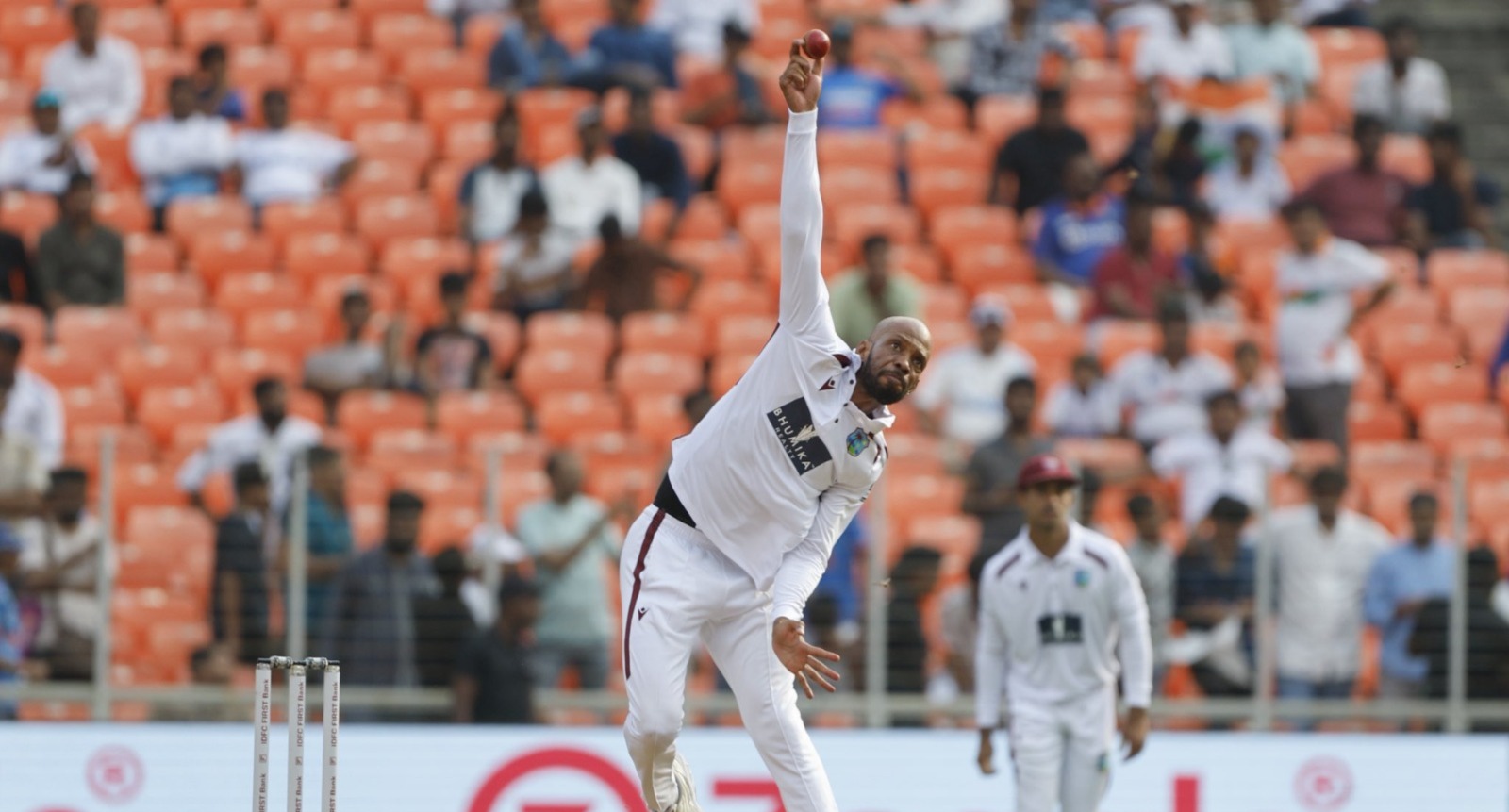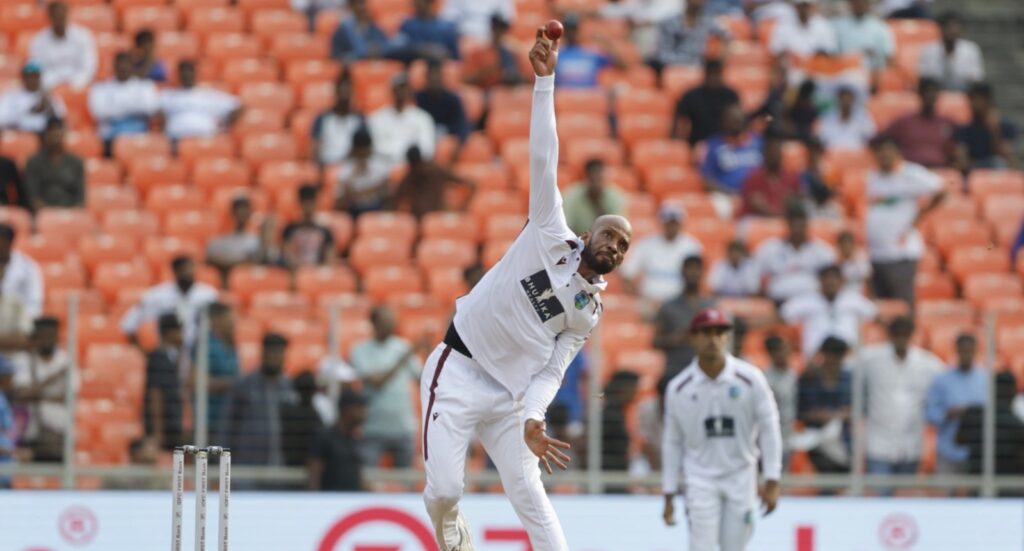
Shamik Chakrabarty, Mumbai
Before the start of the third day’s play of the first Test between India and West Indies in Ahmedabad, the conversation between a group of journalists covering the game was about whether the time has finally come to introduce a two-tier Test system. Sport can never be a survival of the fittest, but at the same time, you can’t ignore the commercial aspects. The opinions were divided before a friend and a former colleague came up with the punchline — this is not what we play the sport for.
The first Test was over inside three days, with West Indies losing it by an innings and 140 runs. From the spectators’ point of view, nothing could be as boring as a game ceasing to be a contest, and from that perspective, the low turnout for the series opener was expected. It was West Indies’ fourth consecutive defeat and their fifth in six Tests. And West Indies aren’t a case in isolation. The gap between the top rung and the bottom half is so big that Test cricket somewhat loses its charm when the giants take on the minnows.
Beyond the ‘big three’ — India, England and Australia — cricket boards not having the money to uplift their standards due to the ICC’s lopsided revenue-distribution model is a common criticism. Those who like to run down the BCCI at every available opportunity comfortably forget the fact that it is significantly contributing to revenue generation of the cricket boards that are struggling. India play against the West Indies at a fairly regular clip. Unlike a lot of other nations, India tour Zimbabwe to help their cricket.
At the post-match press conference, Roston Chase, the West Indies captain, spoke about the obstacles. “I think the systems in the Caribbean are a bit poor in terms of training facilities and stuff,” he told reporters. “There’s a struggle in the Caribbean for finances. So, whatever help we can get, if they are planning to get the help, I hope that we do get it so that we could strengthen the infrastructure for cricket.”
Chase presented himself in a dignified manner, but his comments can open a can of worms. It’s not that the Cricket West Indies (CWI) is not getting any money. Their estimated annual revenue for 2025 is around $25-30 million, pretty much in the range of what New Zealand Cricket (NZC) would be earning this year. New Zealand toured India last year and handed the hosts a 3-0 whitewash. What the Caribbean cricket hierarchy is doing for first-class and grassroots cricket with the money they are getting is a fair question to ask.
A two-tier Test system will bring tough competition at the top level, wooing the fans to walk through the turnstiles. But those who would fall by the wayside might completely stop playing the longest format. “We are just two years out of being in that group (lower tier) for 100 years,” Clive Lloyd, the legendary former West Indies captain, had said after attending a recent CWI review meeting where he was a special invitee.
The ICC has formed an eight-member working group, led by its chief executive Sanjog Gupta and former New Zealand batsman Roger Twose, to look into the possibilities of restructuring the World Test Championship (WTC) for the 2027-29 cycle. Test cricket having two divisions has been debated for more than a decade now, but with the working group likely to submit its recommendations by the end of this year, it looks like world cricket is heading for a split.
If the two-tier Test system is eventually introduced, the lesser teams will no longer host the game’s elite for red-ball series. How their first-class cricket will remain sustainable after that is anyone’s guess.
Follow Revsportz for latest sports news
Also Read: Even in times of transition, all eyes in Australia will be on Kohli and Rohit





